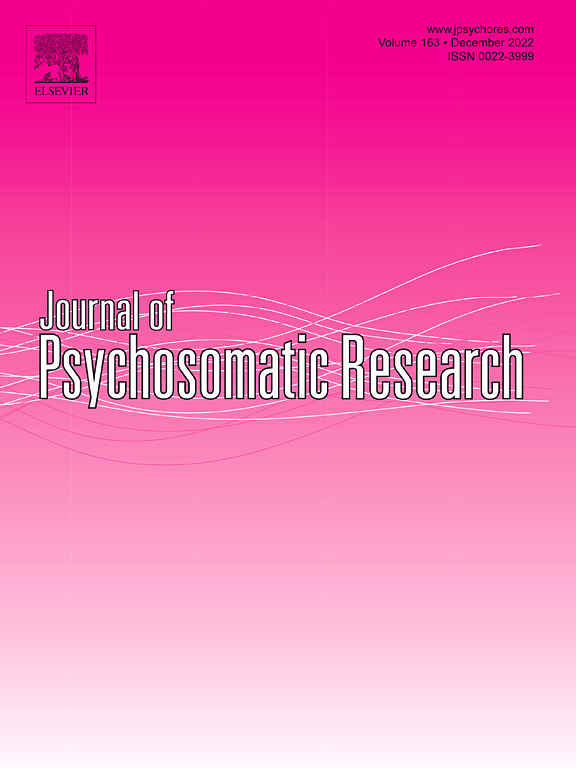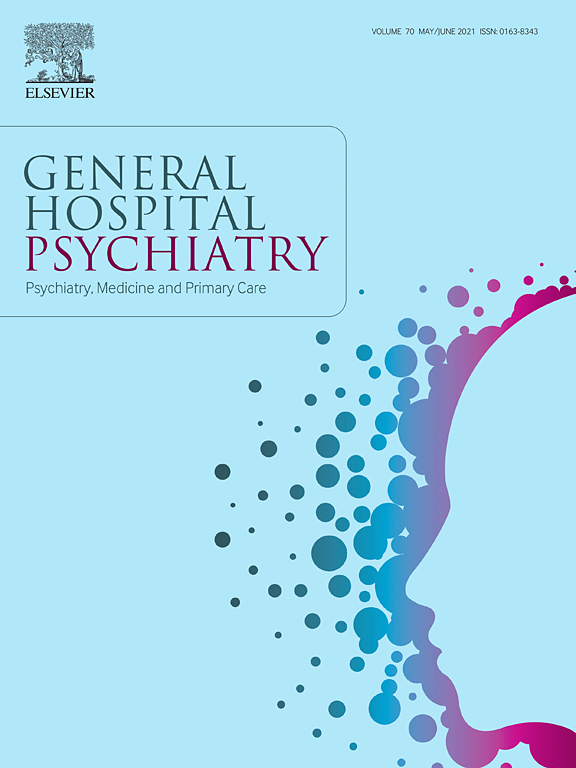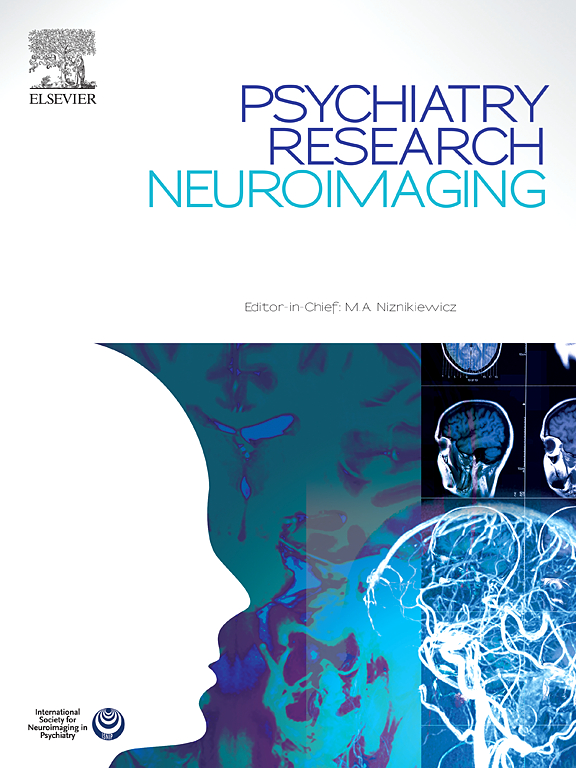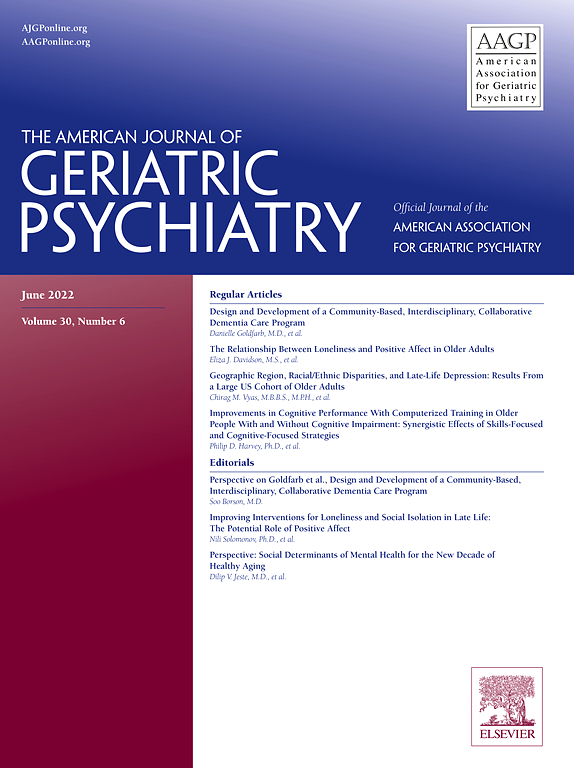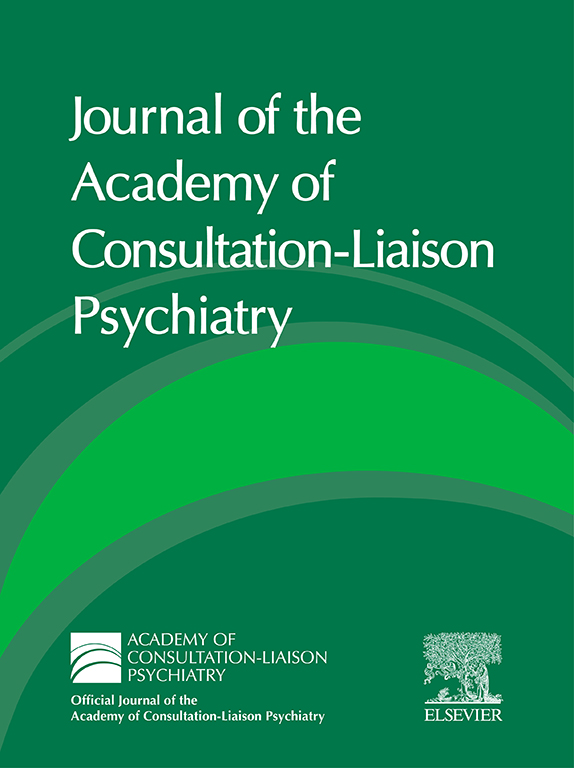Authors: Delaney Glass, BS, et al.
Abstract: People living in war may experience deteriorating health via weathering (wear and tear) from long-term exposures to psychosocial and environmental stressors, say the authors. Weathering embodied in somatic health complaints may illuminate the effects of war on health.
Their analyses focus on northern Vietnamese adults who were in their teens and early twenties during the height of the American War in Vietnam (1965-75).
Using data from the Vietnamese Health and Aging Study (VHAS), they investigate whether wartime stress exposures occurring during adolescence and early adulthood affect weathering in late adulthood. VHAS is a cross-sectional study wherein investigators surveyed 2,447 adults aged 60+ in four districts of northern and central Vietnam in 2018. These same individuals ranged in age from seven to 52 in 1965, with most having been in adolescence or early adulthood at the peak of the war. The sample used for this study were participants in the first VHAS wave in 2018.
The authors report that older Vietnamese adults exposed to high-intensity provincial bombing suffer more numerous somatic health complaints. And greater health complaints emerge among older adults whose most intense bombing exposures were at younger ages of adolescence (< age 15) as compared to those whose peak exposures were in older ages (19-25). “Our findings suggest that age of exposure to armed conflict is a critical determinant of weathering across the life course.”
The authors point to earlier research showing that events experienced or witnessed posing threats to one’s life or injury may induce extremes of fear and psychological overwhelm. “Experiencing early life adversity in the form of unexpected family death, deprivation, and threat has been associated with accelerated biological aging and worse overall health. Adversities via wartime exposures in childhood and adolescence have been associated with varied effects on physical growth, like stunting and elevated subjective age relative to chronological age.
“Traumatic war exposures and displacement have been robustly linked to development of conditions such as PTSD, depression, and anxiety. These exposures may also ‘get under the skin’ or become ‘embodied’ and contribute to somatic health complaints that are not explained by physical comorbidities, also known as somatization or somatic distress. Somatoform pain is pronounced in populations displaced by war and violence, often occurring alongside posttraumatic stress symptoms. Some research suggests individuals exposed to armed conflict will present with psychosomatic symptoms that may be highly correlated with other psychological outcomes.”
Importance: The authors remind us that every war has an afterlife: socially, economically, psychologically, and in terms of health. While each war is distinct, they are consistent in that they create an ‘environment’ with a cluster of stressors imposed upon populations that may become ‘embodied.’ Childhood adversity directly impacts young adult health, and may have indirect yet potent impacts on late life health. It is plausible that weathering in the context of war is detectable as a direct, embodied effect on health shortly after an armed conflict experience, but may manifest indirectly as somatic health complaints later in life.
However, “the many possible pathways and mechanisms through which war may ‘get under the skin’ and impact human health may be underappreciated and warrant far more attention. While research on somatic health complaints includes understanding relationships between somatic distress and traumatic exposures, our study is the first to unite developmental perspectives on adolescence, impacts of traumatic war exposures (namely aerial bombing), and somatization in a theoretical context of weathering.”
Availability: Published in the Journal of Psychosomatic Research.
